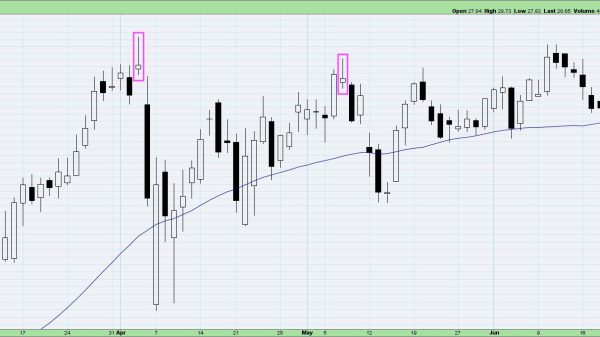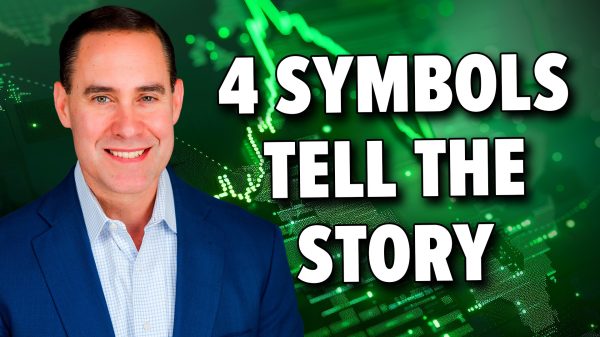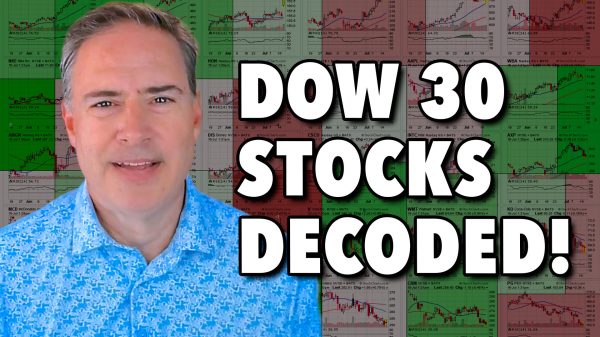What is Buy Limit in Forex?
As you may already know, the term “order” in Forex refers to how you will enter or exit a trade. But what is buy limit in Forex? In this article we will see what its benefits and limitations are and how to properly implement it in trading strategy. But first let’s see the different types of orders that can be placed in the Forex market.
Forex order types
Forex trading employs various order types to enhance strategy and manage risk, with limit orders being one of the fundamental tools available to traders. Understanding the mechanics, advantages, and potential drawbacks of these orders is crucial for every trader aiming to succeed in the volatile currency market. So before we see what is buy limit in Forex let’s first take a look at the Forex order types professional traders use.
Market order
The market order, also called an “at any price order”, is the one having priority over all others. Selling or buying with the market order means selling at the highest price and buying at the lowest price, i.e. at the best price. This therefore requires use with the greatest caution in order to avoid disappointments linked to too great a variation in price. Its use is therefore recommended for large market capitalizations, which are not very subject to significant fluctuations in their value.
Limit order
The limit order is a solution to price insecurity: the desired price is set when the order is issued. It therefore limits mishaps by determining a floor sales price and a ceiling purchase price. However, if the number of actions necessary to carry out the order is not reached, the latter will not be carried out or only in part. There are two types of limit orders: Buy limit order and sell limit order.
Buy Limit Order: An order to buy at a price lower than the current market price, expecting the price will drop to that level and then potentially rise. Sell Limit Order: An order to sell at a price higher than the current market price, assuming the price will rise to that level before potentially falling.Stop Order
This is used to buy or sell a currency once its price has reached a specified level, known as the stop price. After the stop price is reached, the stop order becomes a market order. It includes:
Buy Stop Order: Placed above the current market price, used when a trader believes the price will continue to rise after it reaches a certain level. Sell Stop Order: Placed below the current market price, used to limit a loss or protect a profit on a currency holding.Stop-Limit Order
This combines the features of a stop order and a limit order. It has a stop price that triggers the order and a limit price that represents the worst price at which the trade will be executed.
Trailing Stop Order
A type of stop order that moves in relation to price fluctuations. It is designed to protect gains by enabling a trade to remain open and continue to profit as long as the price is moving in the investor’s favor. The order closes the trade if the price changes direction by a specified amount.
Good Till Canceled (GTC)
This isn’t a standalone order type but a condition that can be applied to limit or stop orders, indicating that the order remains active until it is either executed or manually canceled by the trader.
One Cancels the Other (OCO)
This is a condition where two orders are placed simultaneously, and if one order is executed, the other is automatically canceled. It is useful for setting up both profit targets and stop-loss orders simultaneously.
What is a Buy Limit in Forex?
In Forex trading, a “buy limit” order is a type of order used by traders to specify the maximum price at which they are willing to buy a currency pair. This order will only be executed at the specified limit price or lower. Here’s how it works:
The trader sets a buy limit order at a price below the current market price, believing that the currency pair’s price will drop to that level and then potentially rise again.
If the market price reaches or falls below the specified buy limit price, the buy limit order is triggered and executed, buying the currency pair at the set price or lower.
Traders use buy limit orders to enter the market at a more favorable price, aligning with their expectation of future market movements based on their analysis.
Buy limit orders help traders manage their entries into the market, aiming to optimize their trading strategy by purchasing at a perceived low point.
Buy Limit vs Stop Limit Order
Now that we have answered the question what is buy limit in Forex, let’s compare it with stop limit order. Limit orders comprise trading with restriction, with a buy or sell limit. Once the order is filled it will be at the specified price or better. But there is no guarantee of trading execution.
A limit order may be an appropriate choice when you consider you can purchase at a price lower than, or sell at a price higher than, the current quote.
Now let’s see the difference between buy limit order and stop limit order.
Limit orders allow you to place a maximum price for a buy order and a minimum price for a sell order.
In the case of a buy limit, for example, we would like to buy the USDCHF pair which is trading at 0.8354 at a lower price of 0.8345. A buy limit order is therefore placed below the market price, and there is the possibility of placing an expiration date on your order which will remain open until this date if the price does not reach your objective.
Sell limit orders are similar to buy orders, simply a sell limit order will be placed above the market price.
Stop limit orders allow you to determine a level at which you will buy when the market is rising or at which you will sell when it is falling. Buy orders (Buy Stop) will therefore be above the market price.
Example
On the USDCHF pair trading at 0.8354 and if you are a buyer, you can place a buy stop order at 0.8365 which will only be triggered at that level.
Finally, there are stop loss and take profit type orders which allow you to respectively limit losses and collect profits.
Among stop orders, we will distinguish trailing stops which allow the position to be followed by limiting losses but not gains.
Trading example
If the maximum loss tolerated by the trader is 30 pips, then if you are a buyer we will place a trailing stop 30 pips below the price. When the market moves in our direction (upwards), the trailing stop will rise again.
However, in the event that prices move in the opposite direction (downward), the stop will be blocked.
Proper use of these orders can allow you to facilitate your trading, refine your positions and mastering stop orders is also essential since it will protect capital, an essential tool for trading.
What is Buy Limit in Forex – Bottom Line
Understanding the different order types in Forex trading is essential for effective market entry and risk management. Buy limit orders offer precision in trading, allowing traders to enter the market at predetermined price levels, but they also carry the risk of non-execution if the market never reaches these levels. By fully understanding when and how to use each type of order, traders can optimize their strategies to better capture opportunities and manage potential risks in the Forex market.
The post What is Buy Limit in Forex? appeared first on FinanceBrokerage.
























